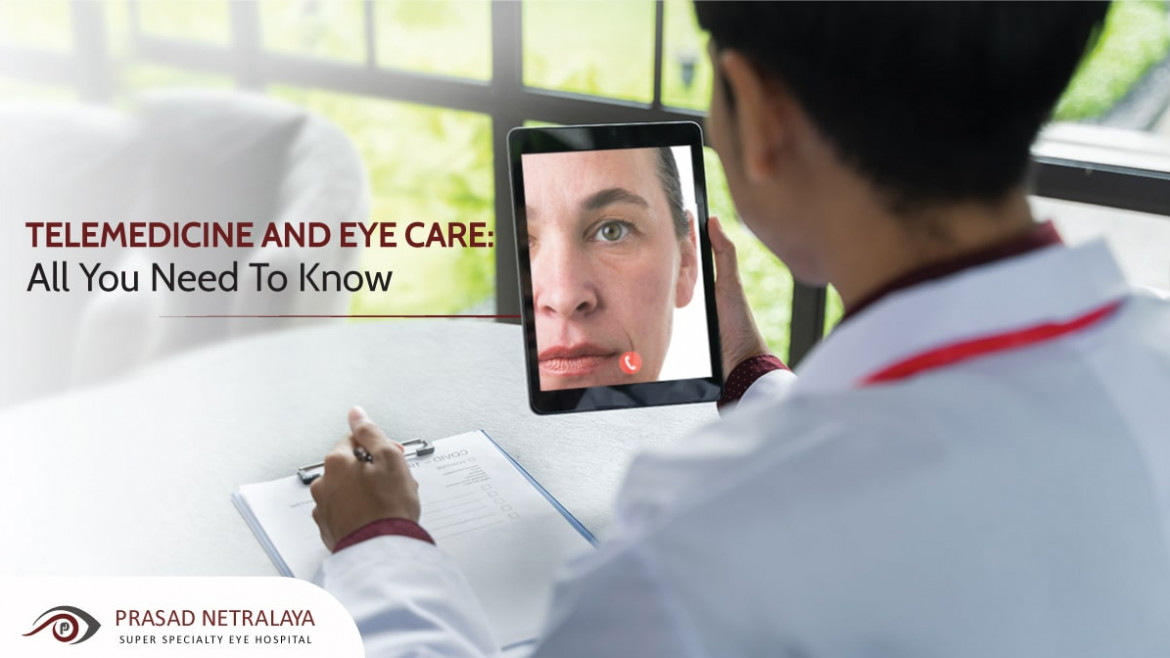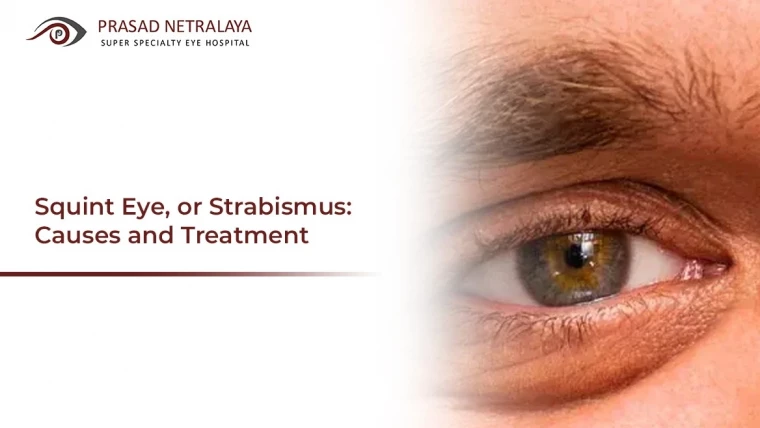In late March 2020, just as the COVID-19 lockdowns were put in place, the Ministry of Health and Family Welfare (MoHFW), in collaboration with NITI Aayog and Board of Governors (BoG) Medical Council of India (MCI) issued Telemedicine Practice Guidelines with the intention of enabling registered medical practitioners to provide healthcare using telemedicine. This timely move gave hundreds of thousands of Indians access to medical care and doctor’s advice from the safety of their home.
You might not be familiar with telemedicine and you might be wondering how it works. People also often assume that with eye care, one has to visit the ophthalmologist in person at the clinic or hospital. But the truth is, even an eye doctor can provide some help over a video call or regular phone call. That is what we are going to explore in this article.
Table of Contents
What is telemedicine for eye care?
Telemedicine or virtual consultations with doctors are when you don’t visit the doctor in person, instead you get a consultation over the phone — an audio or ideally a video call. During such a call, an opthamologist will be able to detect some common eye issues like a stye or problems on the surface of the eye that are clearly visible through your phone camera. Based on this, they can prescribe medicine or schedule you for an in-person visit. As you can already see, the obvious benefit here is that you can avoid unnecessary travel and get your eye checked from the safety and comfort of your home.
How does telemedicine for eye care work?
Here are the different ways in which telemedicine for eye care can be done in practice:
- Remote monitoring: Let’s say you’ve visited the eye doctor and they have prescribed some medicine for a problem you are facing. Or let’s say that you have recently completed some eye surgery. In such a case, the doctor will be able to monitor your health remotely instead of you having to visit the clinic or hospital each time.
- Video consultations: Most of us today have high-definition video cameras on our phones. This means that you can have a video call with your doctor, no matter where in the world you are. The doctor will be able to conduct a basic inspection of your eye and at the very least, tell you if you need to actually need to visit the hospital in person or prescribe you some medicine that can deal with the issue you are facing.
- Hi-resolution image uploads: The doctor can ask you to send a close up picture of your eyes and then examine the same to determine if there is an issue that requires further attention. Once again, this can be a simple first consultation that doesn’t require you to step out of your house.
When it comes to eye care, telemedicine is mainly used for diagnostic purposes — vision testing, remote processing, and the prescription of the lenses and care.
What are the benefits of telemedicine?
Telemedicine bridges the gap between healthcare providers and patients, broadening the scope of what a consultation looks like. This has several advantages for both doctors and patients.
- Ensuring safety during the COVID-19 pandemic — This is the most obvious benefit of telemedicine right now. The fact is that telemedicine was possible even before the pandemic, but for several reasons, it wasn’t allowed by the Ministry of Health and Family Welfare. However, the pandemic left us with no other option. To ensure everyone’s safety, telemedicine guidelines were put in place and now, you could get basic care from the comfort of your home.
- Quick and reliable access to healthcare — To see a doctor, you would have to book an appointment, travel to the clinic or hospital, wait for your turn, and then after the appointment travel back. Now, all you have to do is tap a few buttons on your phone. This saves you a lot of time and energy.
- Reducing costs and expanding reach — Doctors will be able to provide much-needed consultations for people in remote areas and do so at a reasonable price. Now, everyone will have access to quality healthcare.
Studies have found that the quality of care provided through telemedicine is not affected, as it is easier to schedule a telemedicine appointment or follow-up than a regular visit. But there are some limitations as well, so let’s look at those next.
What are the limitations of telemedicine?
The limitations of telemedicine are obvious, but the biggest one is not so obvious — most people are not aware that telemedicine is possible. As with anything else, if more people make use of telemedicine, the chances of improvements being made to the processes are higher.
And then there are the obvious limitations that expensive medical equipment is only present at the clinic or hospital, and for proper tests to be done, you will have to go in person. This might not be the case for much longer though. With the improvements being made in smartphone optical and sensory capabilities, we might soon be able to conduct eye checkups using phone cameras.
If you are looking for a virtual consultation with regard to an issue with your eyes, you can always call Prasad Netralaya. Our experienced doctors are well-versed in providing the best care, remotely. You can call us at 1800 425 1919 or +91 9513596565 or book an appointment if you wish to visit in person.



